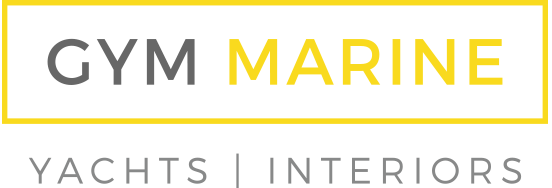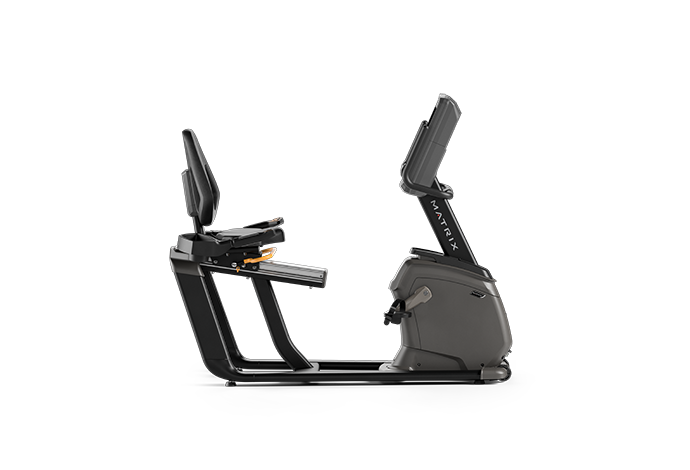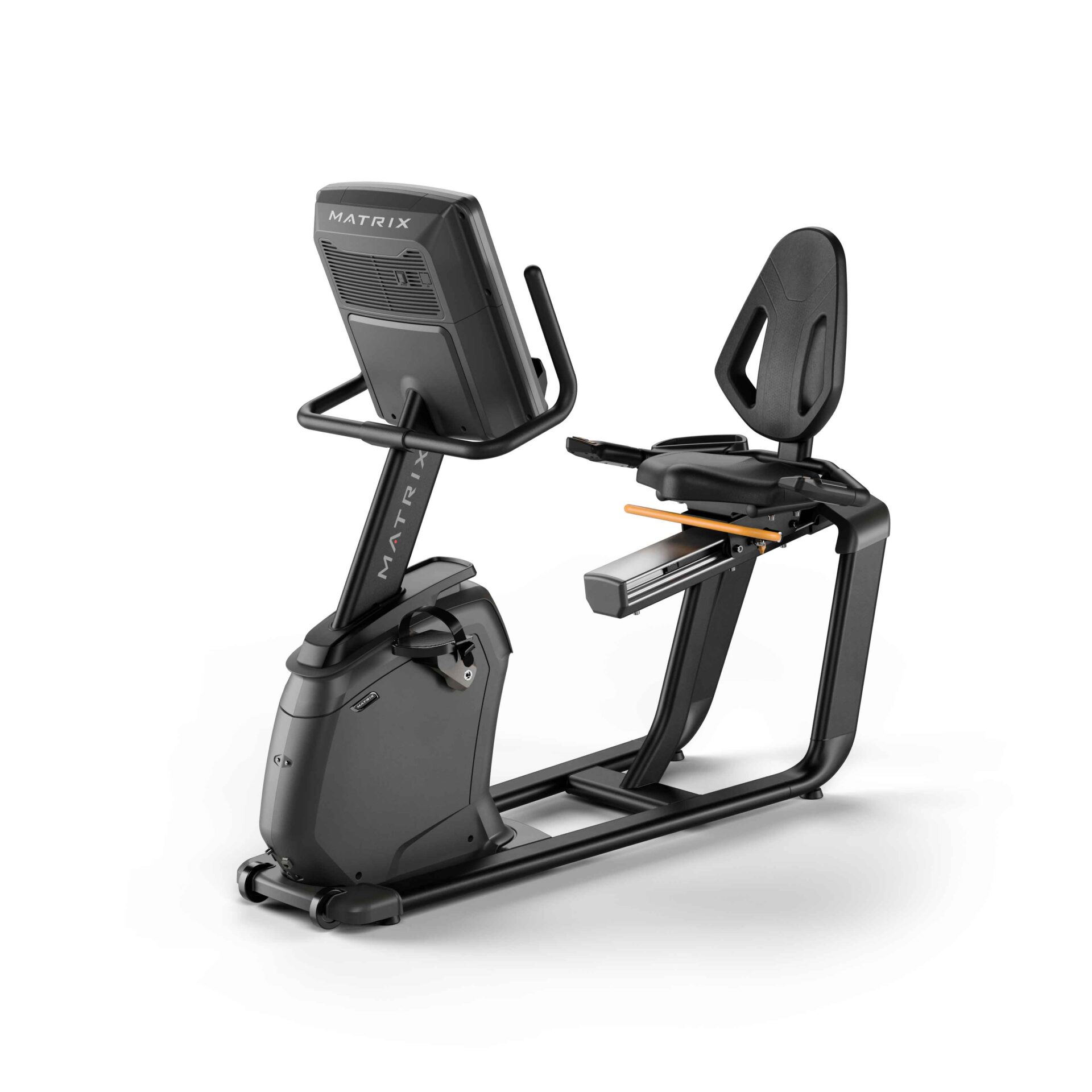Matrix Lifestyle Series Recumbent Cycle
The Matrix Lifestyle Series is designed for casual use in a variety of facilities and locations. Suitable for any fitness ability, this series provides simple and solid workouts to progress in your training. With four console options, the Lifestyle Series fits any budget or space. Stay mentored and motivated during workouts with different connectivity options.
The Matrix Lifestyle Series Recumbent Cycle is simple yet effective
The Matrix Lifestyle Series Recumbent Cycle is perfect for when space is at a premium, suitable for any placement or facility. You’re ensured maximum comfort as your weight is distributed to support you during low-impact cardio workouts. Being user friendly is at the heart of this equipment.
The contoured handlebars fit your hands perfectly, while the Ergo Form seat and back pad ensures user comfort, even during extended workouts. You feel stabilised getting on and off the Recumbent Cycle thanks to the self-balancing pedals. The speed and incline controls are uniquely sealed, designed to last even during your sweatiest of workouts. Each time you make an adjustment the controls offer feedback to improve your workout experience.
Key Features of the Lifestyle Series Recumbent Cycle:
- The self-powered option offers greater options of placement within your space.
- There are 4 console options on the Lifestyle Series Recumbent Cycle suitable for users of any ability or requirements. From an entertainment rich 16″ Touch Console that runs like an app-based operating system, offering 12 workout programs and several entertainment platforms. Or a simple LED console that tracks reps and progress during workouts.
- You can achieve increased range of movement with the three-piece crank system with forged arms for ease of use and streamlined service.
- You can charge your personal devices thanks to Wireless Charging, keeping your screens in view.
- WiFi compatibility lets you connect your machine to help track your workout progress and service updates.
| Weight | 89 kg |
|---|---|
| Dimensions | 158.3 × 67.3 × 132.7 cm |
| Connectivity | Bluetooth, Ethernet, WiFi |
| Resistance | 30 |
| Power Requirements | 100-240 V – 50/60 Hz AC, Self-powered |
| Pedal Spacing | 20.2cm / 8" |
Brand
Matrix
Matrix is one of the world's fastest growing manufacturers.
Matrix is a subsidiary of Johnson Health Tech which has been designing and manufacturing gym equipment since 1975. As one of the world's fastest-growing businesses, this is a company that works hard to keep ahead of the curve delivering cutting-edge designs second to none technology. Famous for their products such as the Matrix C7 ClimbMill, Matrix A5x Ascent Trainer and the Matrix Krank Cycle this is a brand that is popular with many of our gym design clients.
Product Question
Please contact us for international shipping options. We’re able to ship most of our products worldwide.
















